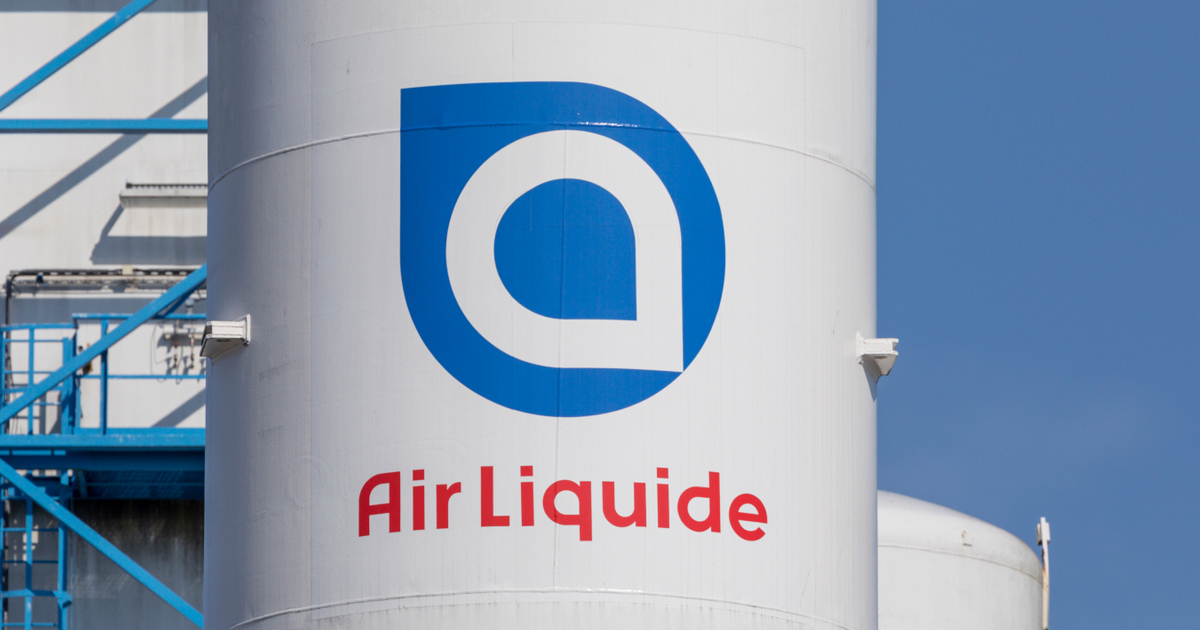Peloton founder John Foley calls recent events 'humbling,' as cycle maker looks to redefine itself
"We own it. I own it. And we are holding ourselves accountable," Peloton founder John Foley. "That starts today."

In this photo illustration the Peloton Interactive logo seen displayed on a smartphone screen.
Rafael Henrique | LightRocket | Getty Images
Peloton founder John Foley, who is on the way out the door as CEO, issued a mea culpa on Tuesday for past missteps, as the connected fitness company undergoes a massive restructuring.
"We own it. I own it. And we are holding ourselves accountable," Foley told analysts on a conference call. "That starts today."
The company slashed its full-year financial targets, as it continues to lose money. Peloton said it expects to achieve at least $800 million in annual cost savings and it will cut planned capital expenditures by roughly $150 million this year. As part of these efforts, about 20% of its corporate workforce, or about 2,800 people, will lose their jobs.
Chief Financial Officer Jill Woodworth said there will be cuts in real estate and marketing, with no segment of the business off the table for right-sizing. Foley described the entire experience as "humbling."
As analysts and investors digest all of the announced changes, including the appointment of incoming CEO Barry McCarthy, they now also must reassess what kind of company Peloton is going to be coming out of the Covid pandemic. The potential market for fitness equipment may have been artificially inflated by the health crisis, which forced many people temporarily away from gyms.
Peloton, in turn, has set lofty goals for its total addressable market. But it's unclear if it will still be able to achieve those targets. Shares are rallying, though, as investors believe Netflix and Spotify veteran Barry McCarthy might be the one to help it inch closer.
The company has previously said that its total addressable market is 67 million households globally, of which 45 million are in the United States. As of Dec. 30, Peloton counted more than 6.6 million members globally, including those people who don't own any equipment but who only pay for monthly access to the company's on-demand workout classes.
When asked about this on Tuesday, management said the company doesn't believe Peloton's market opportunity has changed in recent months, despite the reported waning sales growth. The cost actions that the company is taking are independent of the company's longer-term growth prospects, it said.
"We have work to do," said Woodworth. "But we're going to study what our post-Covid demand is without going dark on marketing, to better understand the baseline, and we're going to get back to efficient marketing next year."
"We'll go back to the basics over the next several quarters," she added. "We feel good about that."
McCarthy's 'to-do list'
Still, Peloton hasn't been incredibly forthcoming about how it plans to achieve these goals, and what growth will look like in the coming quarters. Conversations on Tuesday centered around cost cuts and a new CEO. Perhaps it will be left up to Barry McCarthy to set a three- or five-year plan, once he is settled in.
Dan McCarthy, assistant marketing professor at Emory University, points out that a price reduction on Peloton's original Bike, initiated last fall, didn't spur demand for the machine like the company had hoped. Last week, the company began charging a fee of $250 for delivery and setup of the Bike, and a $350 fee for those services on its Tread, effectively raising prices.
"It doesn't seem to me like prices are very effective lever in bringing a whole lot of new people in," said McCarthy, who is not related to the incoming Peloton CEO. "And I don't think that they are going to somehow be able to change that."
Peloton also reiterated Tuesday that it believes the market for treadmills is much bigger than that of its cycles. But it still has a ton of work to do to build awareness around its treadmills, in part because of a recall that took its Tread and Tread+ temporarily off the market. For too many consumers, Peloton is thought of as a cycling brand.
As of June 30, only about 3% of Peloton's connected fitness subscribers had both a Bike (or Bike+) and a treadmill product.
"Peloton management is suggesting that despite completely changing the cost structure and completely changing their operating structure, they see no change to the the top line ... no changes to the long-term opportunity," said BMO Capital Markets analyst Simeon Siegel. "That raises questions."
Peloton's advantage: Loyalty
One final advantage that Peloton has, and which Barry McCarthy likely realizes, is its loyal members. The company has done a decent job of maintaining subscribers, as evidenced by its very low churn rate.
Peloton reported an average monthly churn rate in the second quarter of 0.79%. That's lower than the 0.82% it reported in the first quarter and slightly above the 0.76% it saw in the year-ago period.
Last August, as it became harder for Peloton to predict where user trends were headed, the company said it would no longer forecast churn rates on a quarterly or annual basis. But it did say that over time it anticipated churn and retention rates would remain "relatively consistent."
The takeaway is that even if new users are harder to come by, Peloton is showing it can keep its current ones happy.
This begs the question: What kind of company will Peloton be over the longer term? Will it be a high-growth business — disrupting the fitness industry — or one that generates a more predictable and recurring revenue stream? The answers are going to help determine how investors value the company's stock.
If Peloton can increase the value of each of its subscribers, it will be in better shape. Stifel analyst Scott Devitt previously calculated that the lifetime value of a Peloton customer is about $4,500 in gross profit.
One of Barry McCarthy's top priorities might very well be to get those existing users to spend more money within the Peloton ecosystem, such as on apparel, additional equipment or services.
That will work if users remain as loyal as they have been. Within Peloton's latest financial report, one concerning metric was that subscribers cut back on their monthly workouts. This could stem from many factors. It could be a sign of hybrid usage, for those who can afford it: Mixing a gym membership with a Peloton membership. But it could also be a sign that some are growing tired of the platform.
Average monthly workouts per connected fitness subscriber in the latest quarter dropped to 15.5, compared with 16.1 in the prior period and 21.1 in the year-ago period. Notably, this falloff in usage occurred during the winter months, when people tend to stay indoors rather than workout outside, and as the omicron variant was spreading rapidly.
Citi analyst Jason Bazinet said that although there are risks associated with how Barry McCarthy chooses to execute a turnaround plan, Peloton shares are likely rising as investors gain clarity around costs cuts and the company's cash position.
The stock was recently up about 25% in afternoon trading, bringing it back to mid-January levels.
In the near term, Peloton appears committed to fixing underlying issues on its own rather than selling the company to a potential suitor such as Amazon or Nike, he said.

 AbJimroe
AbJimroe 
































